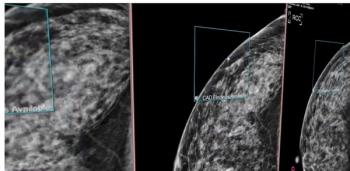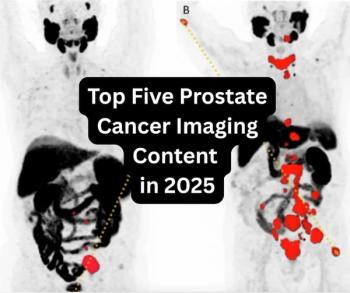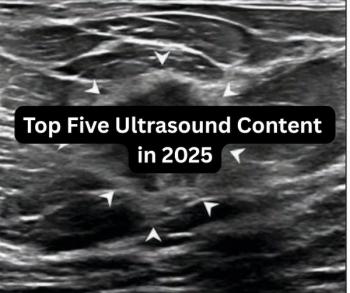
MRI Research Shows ‘Virtually Complete Abrogation’ of New Lesions with Switch to Ofatumumab for Multiple Sclerosis Patients
For patients with relapsing multiple sclerosis, switching from oral therapies to subcutaneous monthly administration of the anti-CD20 monoclonal antibody ofatumumab led to over a 98 percent reduction of Gd+ T1 lesions on MRI at 96 weeks.
New findings in magnetic resonance imaging (MRI) research suggests that switching to the anti-CD20 monoclonal antibody treatment ofatumumab (Kesimpta, Novartis) significantly limits the development of new gadolinium-positive (Gd+) T1 lesions in patients with relapsing multiple sclerosis (MS).
For the study, recently presented at the 41st Congress of the European Committee for Treatment and Research in Multiple Sclerosis (ECTRIMS) in Barcelona, Spain, researchers evaluated the effectiveness of switching patients who were previously treated with oral fingolimod or fumarate-based therapy to monthly subcutaneous ofatumumab. The cohort was comprised of 523 patients with relapsing MS, according to the study.
In a recent interview with Diagnostic Imaging, lead study author Riley Bove, M.D., said the switch to ofatumumab led to a substantial reduction of Gd+ T1 lesions on MRI with a 93.7 reduction of lesions at 24 weeks and a 98.1 percent reduction at 96 weeks.
“When we switched them to ofatumumab, they basically had virtually complete abrogation of new MRI lesions,” added Dr. Bove, Associate Professor of Neurology at the University of California, San Francisco (UCSF) Weill Institute for Neurosciences.
Dr. Bove said the findings with ofatumumab represent a growing recognition of the impact of B-cell depleting medications for patients with relapsing MS.
“While we typically think that it’s the T cell lymphocytes that really mediate the damage (and) injury in MS, we've seen that the B cell lymphocytes play a really big role in potentiating (or) making that happen. Basically, when you deplete the B cells, you see really good disease response. Ofatumumab is one of the B cell-depleting therapies, and we've just seen that they have really remarkable efficacy against new focal inflammatory activity,” maintained Dr. Bove.
(Editor’s note: For related content, see “
For more insights from Dr. Bove, watch the video below.
Newsletter
Stay at the forefront of radiology with the Diagnostic Imaging newsletter, delivering the latest news, clinical insights, and imaging advancements for today’s radiologists.




























